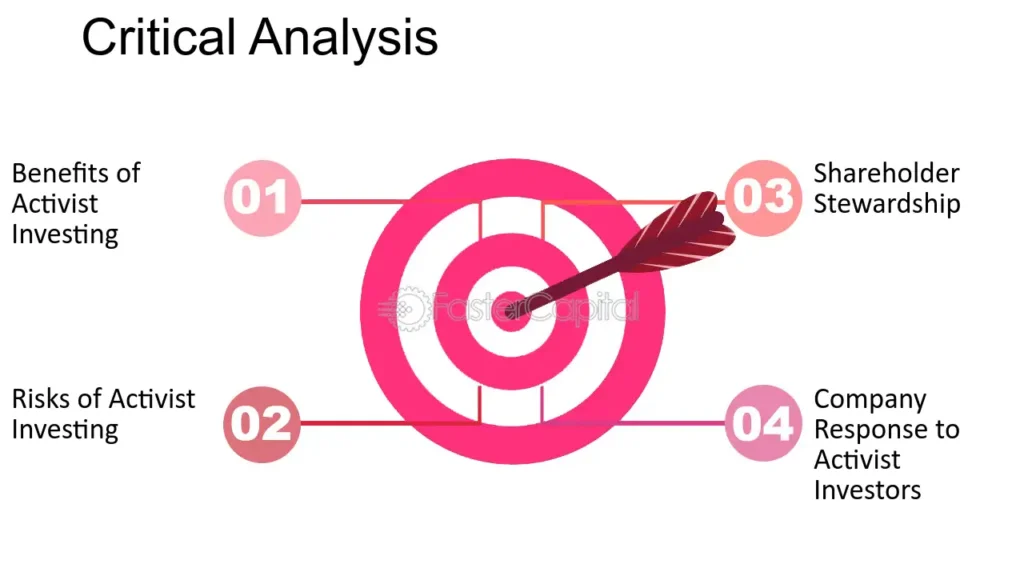Masculinity and Power Dynamics: A Critical Examination
The Connection Between Masculinity and Power
Masculinity and power have long been intertwined in societal structures. Traditional views of masculinity often emphasize dominance, control, and assertiveness. These attributes are frequently linked to power dynamics within various social and professional contexts. Understanding this connection is crucial for examining how power is perceived and exercised.

Historical Context of Masculine Power
Historically, masculine power has been upheld through patriarchal systems. Men have often held positions of authority, reinforcing the association between masculinity and power. This historical context has shaped societal norms and expectations regarding gender roles. Men have been expected to be leaders, providers, and decision-makers, reinforcing their dominance in various spheres of life.
Challenging Traditional Power Structures
In recent years, there has been a growing movement to challenge traditional power structures. This shift is driven by increasing awareness of gender equality and the need for more inclusive approaches to power. The challenge involves questioning the traditional masculine ideals that support these power dynamics. By doing so, society can work towards more equitable and balanced power relations.
Impact on Professional Environments
The influence of masculinity on power dynamics is particularly evident in professional environments. Men have historically occupied the majority of leadership roles, which has perpetuated masculine power structures. This dominance can impact organizational culture, decision-making processes, and career advancement opportunities for individuals of all genders. Addressing these power imbalances is essential for fostering more inclusive and equitable workplaces.
Gender Equality and Power Redistribution
Efforts to promote gender equality often involve redistributing power and challenging entrenched masculine norms. Initiatives such as diversity and inclusion programs aim to create more balanced power dynamics. By promoting equal opportunities and addressing systemic biases, these efforts seek to dismantle the traditional masculine power structures that have long prevailed.
The Role of Emotional Intelligence
Emotional intelligence plays a critical role in reshaping power dynamics. Men who develop EI skills can approach power with greater empathy and awareness. This shift allows for more collaborative and inclusive leadership styles. By integrating emotional intelligence into their approach to power, men can contribute to a more balanced and equitable distribution of authority.
Social Movements and Changing Norms
Social movements advocating for gender equality and social justice have significantly impacted power dynamics. These movements challenge traditional masculine ideals and push for a reevaluation of power structures. They provide platforms for marginalized voices and promote more inclusive definitions of power. As these movements gain momentum, they contribute to a broader understanding of masculinity and its role in power dynamics.
The Future of Masculine Power
The future of masculine power is likely to involve continued changes in societal attitudes and expectations. As discussions around gender equality progress, there will be a growing emphasis on equitable power distribution. Men will need to navigate this evolving landscape, balancing traditional notions of power with new, more inclusive approaches. The outcome will depend on ongoing efforts to challenge and redefine power dynamics in various contexts.
Conclusion
Masculinity and power dynamics are deeply connected, with traditional masculine ideals often reinforcing power structures. Challenging these norms and promoting gender equality are crucial for creating more balanced and inclusive power relations. Emotional intelligence and social movements play key roles in this transformation. As society evolves, the understanding of masculinity and power will continue to shift, fostering a more equitable and supportive environment for all.


